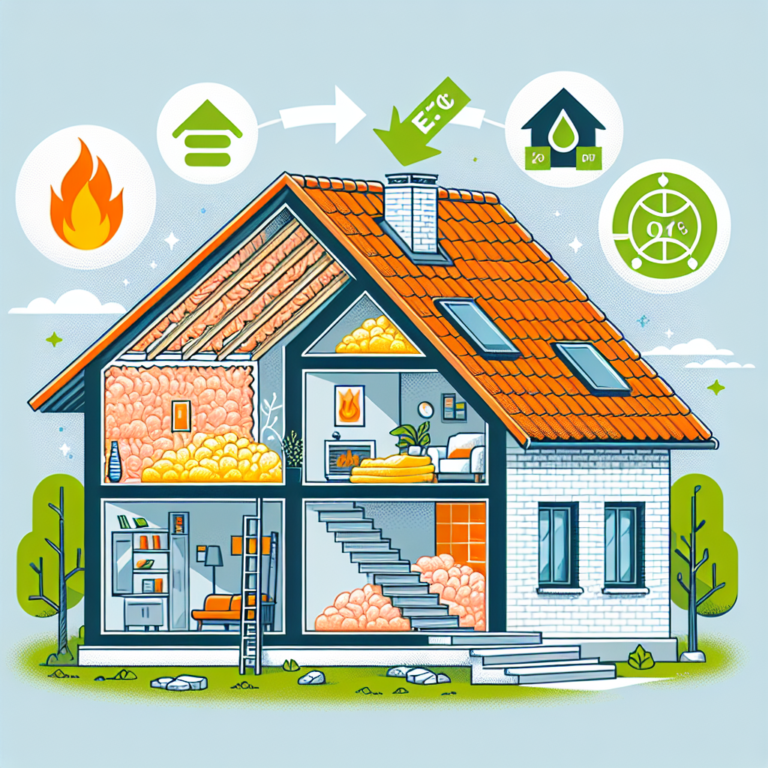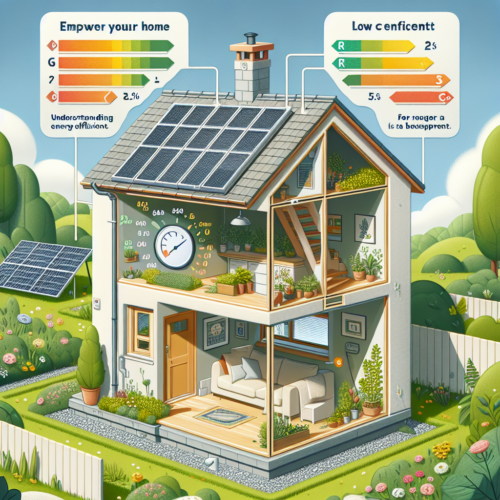Transform Your Garage Attic: Reduce Carbon Footprint with Energy Efficient Insulation
Introduction
Your garage attic often goes unnoticed when it comes to home insulation, yet it plays a pivotal role in overall comfort and energy use. By investing in energy efficient insulation for your garage attic, you can lower utility bills, protect stored belongings, and shrink your carbon footprint. Whether your garage doubles as a workshop, storage space, or an unfinished extension of your living area, proper insulation transforms it into a stable, eco-friendly zone.
Benefits of Energy Efficient Insulation in Your Garage Attic
Installing energy efficient insulation delivers immediate and long-term advantages:
• Reduced Heat Loss and Gain: A well-insulated attic prevents heat from escaping during winter and keeps intense summer heat outside.
• Lower Energy Bills: Your heating and cooling systems operate less, cutting down on monthly utility costs.
• Shrinking Your Carbon Footprint: Less energy consumption means fewer greenhouse gas emissions, contributing to a greener planet.
• Increased Home Value: Energy-efficient upgrades appeal to eco-conscious buyers and can boost resale value.
Maximizing Home Efficiency with Garage Attic Insulation
Insulating your garage attic isn’t just about the garage itself—it impacts the entire home. In many houses, the garage shares walls or the ceiling with living spaces. Uninsulated areas become weak points where conditioned air escapes and outdoor air seeps in. This imbalance forces HVAC systems to work overtime.
Improving Thermal Comfort
With energy efficient insulation in your garage attic, temperature fluctuations become less dramatic. During scorching summers, your home remains cooler as the roof and walls stay shielded from direct heat. In winter, the insulation traps warmth, delivering a consistently cozy environment.
Protecting Belongings and Enhancing Air Quality
Your garage often stores tools, electronics, artwork, and seasonal items sensitive to temperature extremes. Insulation creates a stable microclimate that preserves these valuables. Additionally, sealing gaps in the attic reduces dust, pollen, and pests from infiltrating your home, improving indoor air quality and safeguarding respiratory health.
Top Energy Efficient Insulation Options for Your Garage Attic
Choosing the right material is essential for achieving maximum performance and return on investment. Below are some of the best energy efficient insulation solutions:
Fiberglass Batt Insulation
• Cost-effective and widely available.
• Comes in pre-cut panels for easy DIY installation.
• Perform best when fitted snugly without compression or gaps.
Blown-In Cellulose Insulation
• Made from recycled paper treated for fire resistance.
• Fills irregular cavities, cracks, and hard-to-reach spaces.
• Offers excellent thermal and acoustic performance.
Spray Foam Insulation
• Expands to seal every nook and crevice, eliminating air leaks.
• High R-value per inch makes it one of the most effective insulators.
• Provides both insulation and moisture barrier in one application.
Eco-Friendly Natural Insulation
• Materials like wool, cotton, or hemp offer renewable, biodegradable options.
• Naturally resist mold and pests without harsh chemicals.
• Typically more expensive but ideal for green building enthusiasts.
Q&A: Insulating Your Garage Attic
Q: How do I know if my garage attic needs insulation?
A: Check for drafts, uneven temperatures, high energy bills, or exposed framing. An energy audit or infrared scan can pinpoint problem areas.
Q: Can I install insulation myself?
A: Fiberglass batts and some blown-in products are DIY-friendly. Spray foam and certain cellulose installations often require professional equipment and expertise.
Q: Will adding insulation affect my garage structure?
A: Properly installed insulation adds minimal weight and poses no risk to structural integrity. Always follow manufacturer guidelines and local building codes.
Conclusion
Transforming your garage attic with energy efficient insulation delivers a trifecta of benefits: lower energy costs, enhanced comfort, and a reduced carbon footprint. From protecting your belongings to boosting your home’s market appeal, the right insulation choice makes a measurable difference. Start your upgrade today and reap the rewards of a cozier, greener home.












